The Seven Furnishing Items Of The TabernacleSample
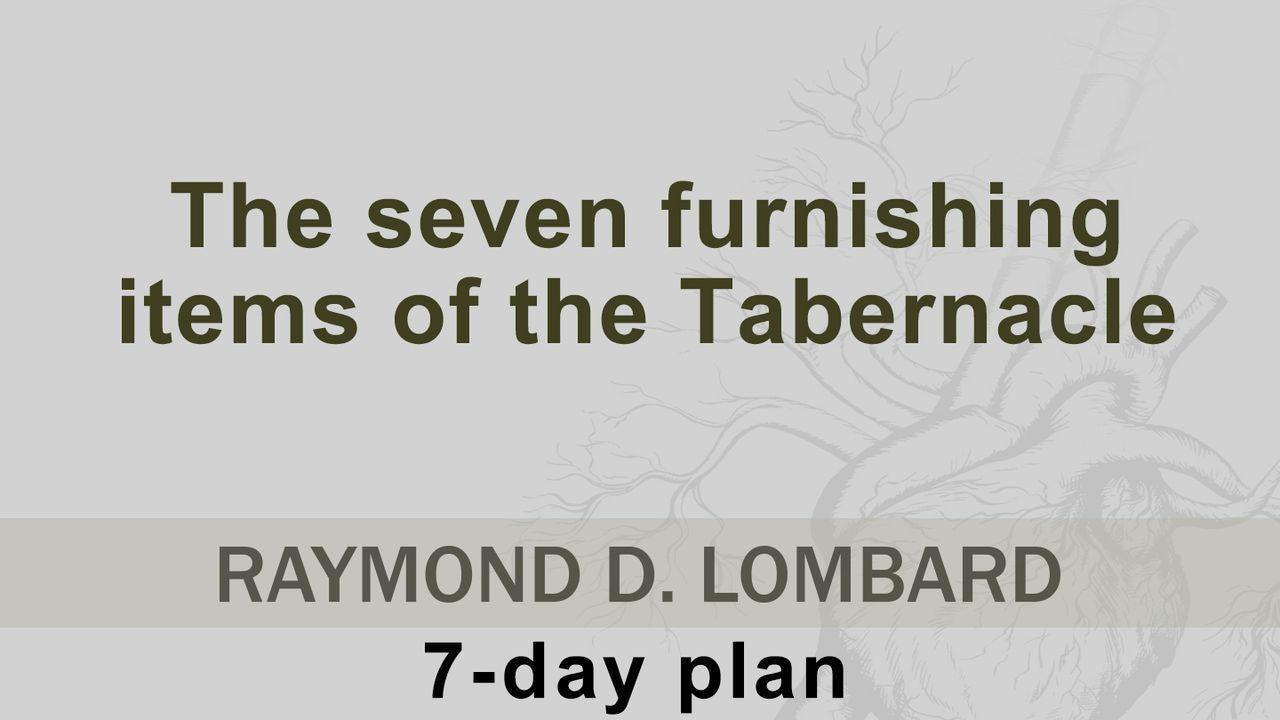
THE ALTAR OF BURNT OFFERING OR BRAZEN ALTAR

The burnt offering altar was the only one, the very only one, where offerings to God were permitted. There was only one tabernacle (tent of meeting) and only one place of sacrifice. The priest found it when he entered the outer court.
Before anyone can be saved, they must understand that they cannot save themselves. Adam was the first to learn this truth. When he sinned, he thought he could cover up his sin or get rid of it through his self-made garments. When the Lord appeared to him, He ignored Adam's fig leaves and pronounced a curse on Adam, his wife, their descendants, the serpent and the earth. God then provided the solution by showing Adam the only way. That was that God Himself provided the solution, when He slaughtered an animal and taking the skin of the bloody sacrifice, made clothes for Adam and his wife and clothed them with the substitute animal skins (Gen. 3:21).
When the tabernacle was erected, there was only one place of offering allowed; and it was at the altar inside the entrance of the tabernacle, as you enter the outer court. Today there is still only one way to God, the only place where God meets the sinner. The tabernacle in the wilderness foresaw it, and that is the Lord Jesus Christ, the Lamb of God (John 1:29), which points to the cross of Calvary. Therefore Jesus Christ can say: I am the way, the truth, and the life. No one comes to the Father except through Me (John 14:6). Peter could also declare: Nor is there salvation in any other, for there is no other name under heaven given among men by which we must be saved (Acts 4:12). Without faith in Him and without His blood, all our best efforts are just dead works.
In the procedure stipulated in Leviticus, a holy place, an altar and a priesthood (Leviticus 1-7) are assumed. Furthermore, we see that as far as the altar is concerned, the directive is recorded in: Exod. 27:1-8; 38:1
The altar was the centre and foundation of Israel's religion. Everything actually revolved around the altar. There was no access to God and no religion was acceptable to Him, other than by way of the altar.
God wants to dwell among His people. How can a holy God dwell among sinful people? God's requirement was that man must bring a sacrifice for his sins. According to God's determining, the blood of the sacrificed animal would cover the sin which would make it possible for the one who made the sacrifice to stand in God's presence; thereby being reconciled through the blood.
The altar was a large rectangular object made of acacia wood. The acacia is a tree that can grow in a harsh climate; such as in a desert. It has a very long tap root which grows deep down to get the necessary moisture. We had seen before that the prophet Isaiah prophetically wrote about Jesus Christ's humanity: For He shall grow up before Him as a tender plant, And as a root out of dry ground (Isa. 53:2). The wood was covered with bronze, and the altar was strong enough to bear any sacrifice. Bronze speaks of divine judgement. Animals were offered here for the sins of the people. It was a place of suffering and constantly carried the mark of sin. Christ in his humanity took God's punishment for our sins on himself: But He was wounded for our transgressions, He was bruised for our iniquities; the chastisement for our peace was upon Him . . . (Isa. 53:5).
We also read that the Lord commanded Moses: You shall make its horns on its four corners (Exod. 27:2). The offering was tied to the horns of the altar with rope, and once the sacrificer had placed his hands on the animal, his sin passed onto the sacrifice. The priest then slaughtered the animal, collected the blood, and poured it next to the altar, thereafter the sacrificial animal's body was burned on the altar. The rising flame tells the sacrificer that his sacrifice was accepted. The fire consumed everything that could be consumed; consequently the sacrificer was acquitted of the fire of God's judgement, because he had a replacement which met the demands of a law that he had broken.
The altar was for making atonement (Lev. 8:15). We therefore in the brazen altar have a type of Christ's cross. At the brazen altar the bloody sacrifices were offered for the sins of the people. Just as the brazen altar was the only place to which the children of Israel could go to atone for their sins, the cross of Christ is the only place today where the sinner can receive forgiveness of his sins. In the same way today, sinful man can only come to the Lord by accepting Christ as his substitute (John 1:12). The burnt offerings were a burnt sacrifice, an offering made by fire, a sweet aroma to the Lord (Lev. 1:9). So Christ has: given Himself for us, an offering and a sacrifice to God for a sweet-smelling aroma (Eph. 5:2).
The fire was an inseparable part of the brazen altar. This is what the Lord commanded: A fire shall always be burning on the altar; it shall never go out (Lev. 6:13). We read that when the first offerings were brought by Aaron, fire came out from before the Lord and consumed the burnt offering and the fat on the altar. When all the people saw it, they shouted and fell on their faces (Lev. 9:24). The judgement of God against sin devoured the offering like a consuming fire.
The Lord commanded the priests, that they had to bring the ashes of the burnt offering to a clean place outside the camp (Lev. 6:11). The New Testament confirms that in Hebrews 13:11-13: For the bodies of those animals, whose blood is brought into the sanctuary by the high priest for sin, are burned outside the camp. Therefore Jesus also, that He might sanctify the people with His own blood, suffered outside the gate. Therefore let us go forth to Him, outside the camp, bearing His reproach.
The brazen altar had two poles that were used to carry it from one place to another (Exod. 27:6, 7). In this way the message of the crucifixion of Christ was taken to the entire world - the message that He is the sacrificial lamb (John 1:29) who died for us (1 Cor. 5:7) and was resurrected from the dead (Acts 2:23, 24).
Finally it should be noted that the altar / brazen altar was on the east side of the tabernacle, and the ark stood on the west side of the tabernacle. The east side of the altar was the furthest place away from the ark. King David also confirmed in Psalm 103:12: As far as the east is from the west, So far has He removed our transgressions from us.
About this Plan

We find two things in the outer court, which we can give attention to, namely, the brazen altar and the laver. Altogether there were seven items, or pieces, of furniture regarding the tabernacle. Two were in the outer court, three in the Holy place and two in the Holy of Holies. We will look at all 7 pieces in this study.
More
Related plans
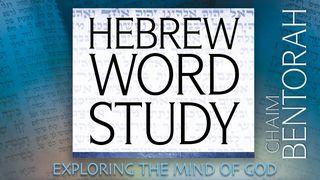
Exploring The Mind of God (Hebrew Word Study)
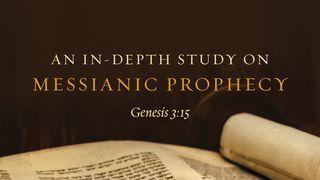
An In-Depth Study On Messianic Prophecy
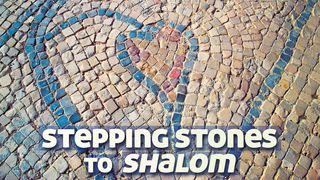
Stepping Stones To Shalom
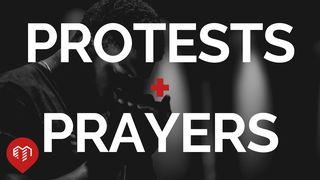
Protests & Prayers: God’s Word on Injustice
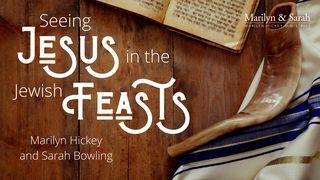
Seeing Jesus In The Jewish Feasts
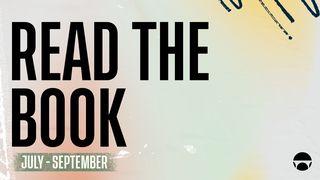
Read the Book: July - September
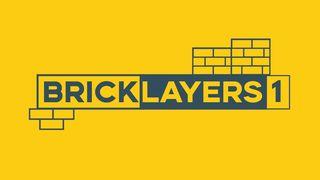
Bricklayers 1

The Mandate to Multiply.

Adversity
